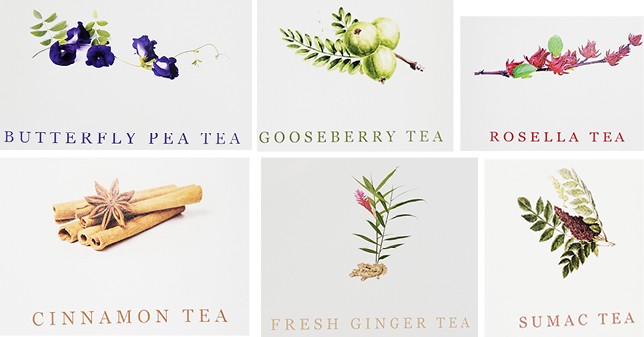
Our Correspondent
Kohima | October 3
Being the nodal department for tea in the State, Nagaland’s Land Resources Department (LRD) has reiterated its commitment to promoting tea products in the State.
The department, in a pamphlet, stated that the benefits of natural teas are varied not just in terms of the health benefits but also for needing less capital, processing and labour intensive.
“It also indirectly promotes households savings as it reduces the economic burden in every household once the demand for the natural teas increases and thus dependency on the market products would reduce,” the department stated.
There are many different types of natural teas made from herb, spices or other plant materials that are endemic to the state. Incidentally, the people of the state are becoming more health conscious of the benefit of drinking these natural teas, the department maintained.
Common tea requires heavy processing and high capital investment. So, as an alternative, the department is promoting natural teas which is more viable due to four factors.
Natural tea is much superior in terms of quality because it is organic. It involves easy processing and thus requires less to non-capital investment. They are also widely prevalent and grow suitably in the agro-climatic conditions of the state.
Low volumes and high returns (both in terms of labour, processing, investment etc) is also another advantage.
The following natural teas are being promoted inter-alia by the department:
Butterfly pea tea
Blue Tea or butterfly pea flower tea is made by steeping dried or fresh flower of the Clitoriaterna tea plant. The best thing about blue tea is that it is caffeine-free and packed with antioxidants.
Drinking butterfly-pea flower is said to be an effective way to rev up the metabolism, which in turn, helps the body burn more calories. Well known for its anti-aging benefits due to its high antioxidant content, this makes the skin look younger and healthier from within.
Gooseberry tea
Amla, or the Indian gooseberry, is well known for its numerous health benefits.
The green fruit is packed with nutrients and healing properties, due to which they find extensive use in the ancient Indian practice of Ayurveda as well. The sour and pungent fruit of amla is loaded with Vitamin C, iron, and calcium and hence is great for overall health.
Consuming amla may hence prevent any sudden spikes or falls in blood sugar, thus preventing diabetes and causing weight gain.
Sumac Tea
Sumac Tea is packed with natural Vitamin C and used to treat colds, fever and scurvy.
Sumac Tea has also shown to have benefits for treating diarrhoea, dysentery, sore throats, infections, asthma, cold sores and even as a general tonic.
Fresh Ginger tea
With its high level of Vitamin C, magnesium and other minerals, ginger root is extremely beneficial for health. Its roots, or stem adds flavor to many types of cuisine, but is also an ancient herbal remedy for a host of ailments. Drinking ginger tea may help with everything from motion sickness to cancer prevention.
Rosella tea
In traditional medicine, rosella is known to increase stamina and endurance, helps with detoxification as well as lowering blood pressure, blood sugar levels, uric acid and cholesterol in the body. It also helps to treat cough, sore throat, and canker sores and also soothe a migraine.
Cinnamon tea
Cinnamon tea is an herbal tea or tisane made by infusing cinnamon bark in hot water. Cinnamon tea, like many herbal teas, is packed with antioxidants that offer health benefits.
Consuming cinnamon tea may help lower risk of heart disease.
A study published in Food & Function found that Ceylon cinnamon was one of the most powerful anti-inflammatory foods.




.jpg)

